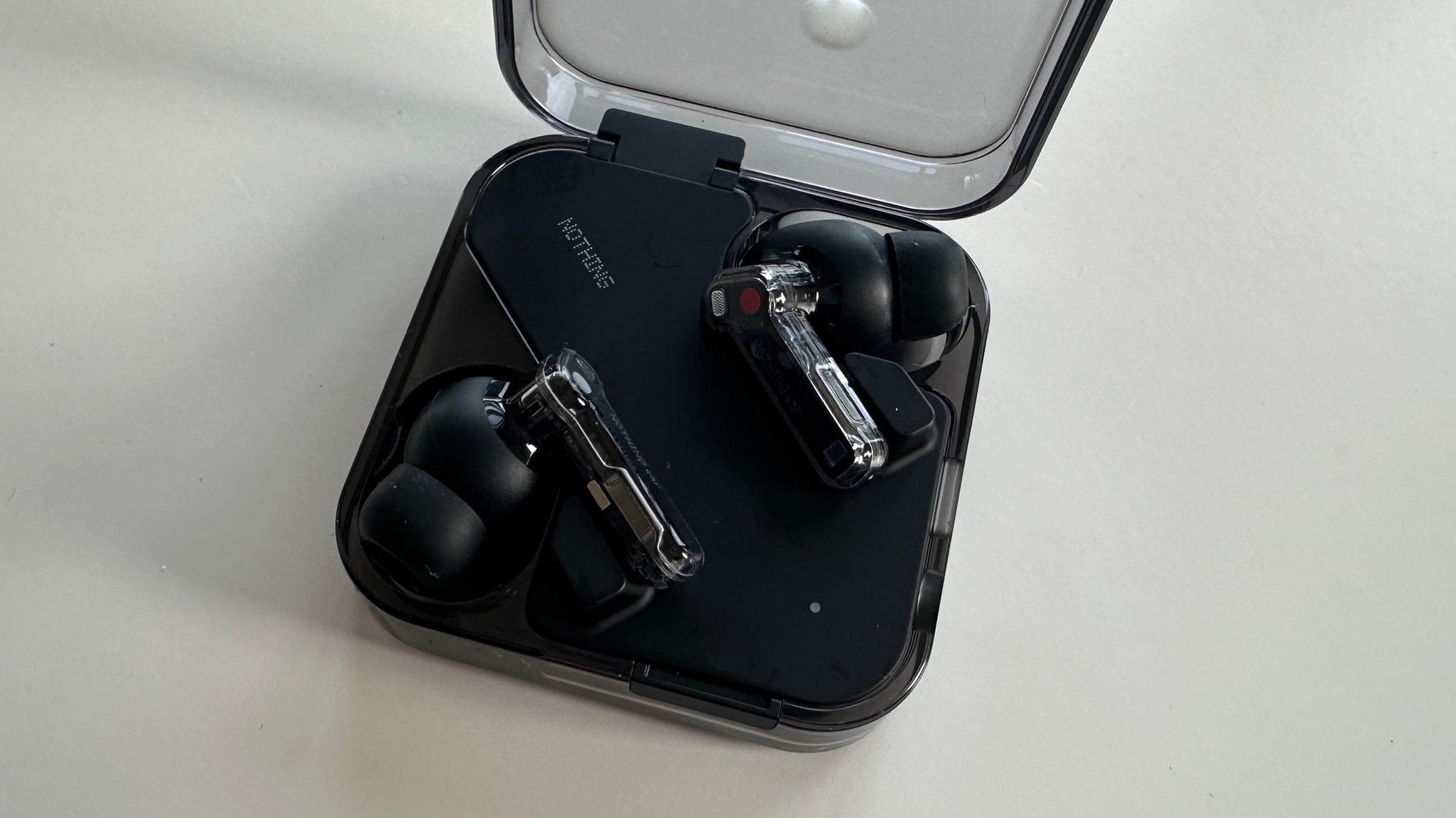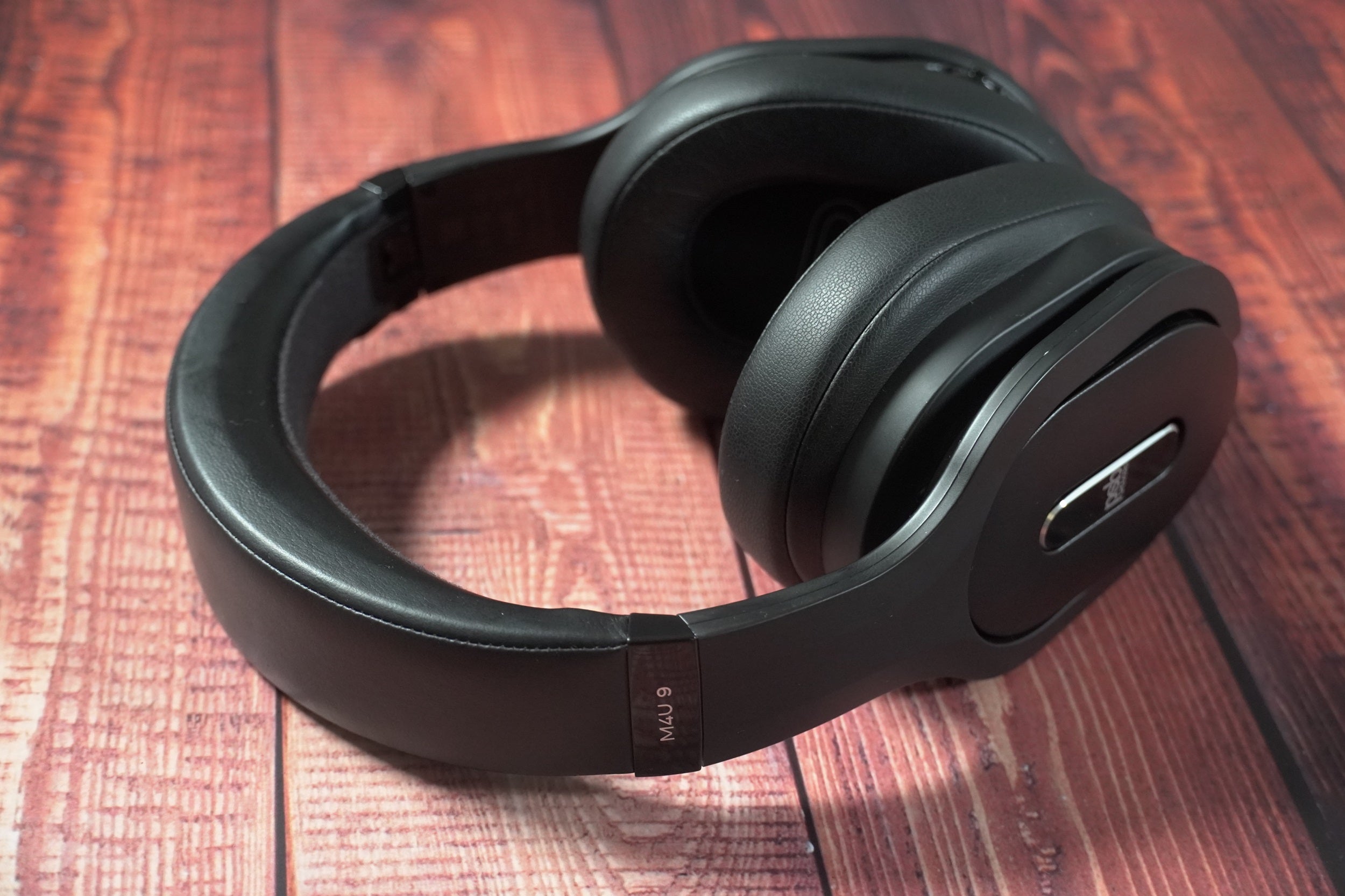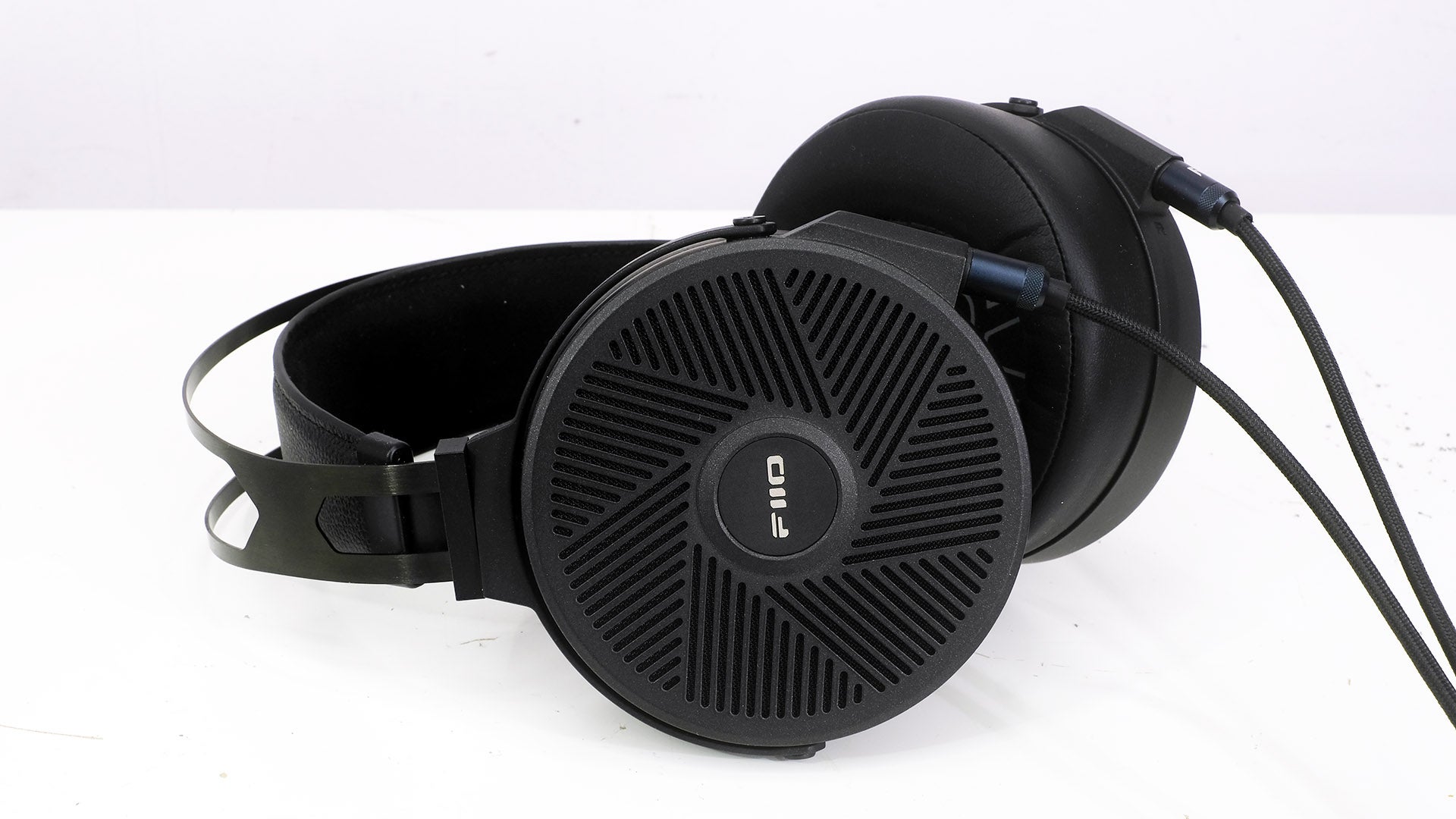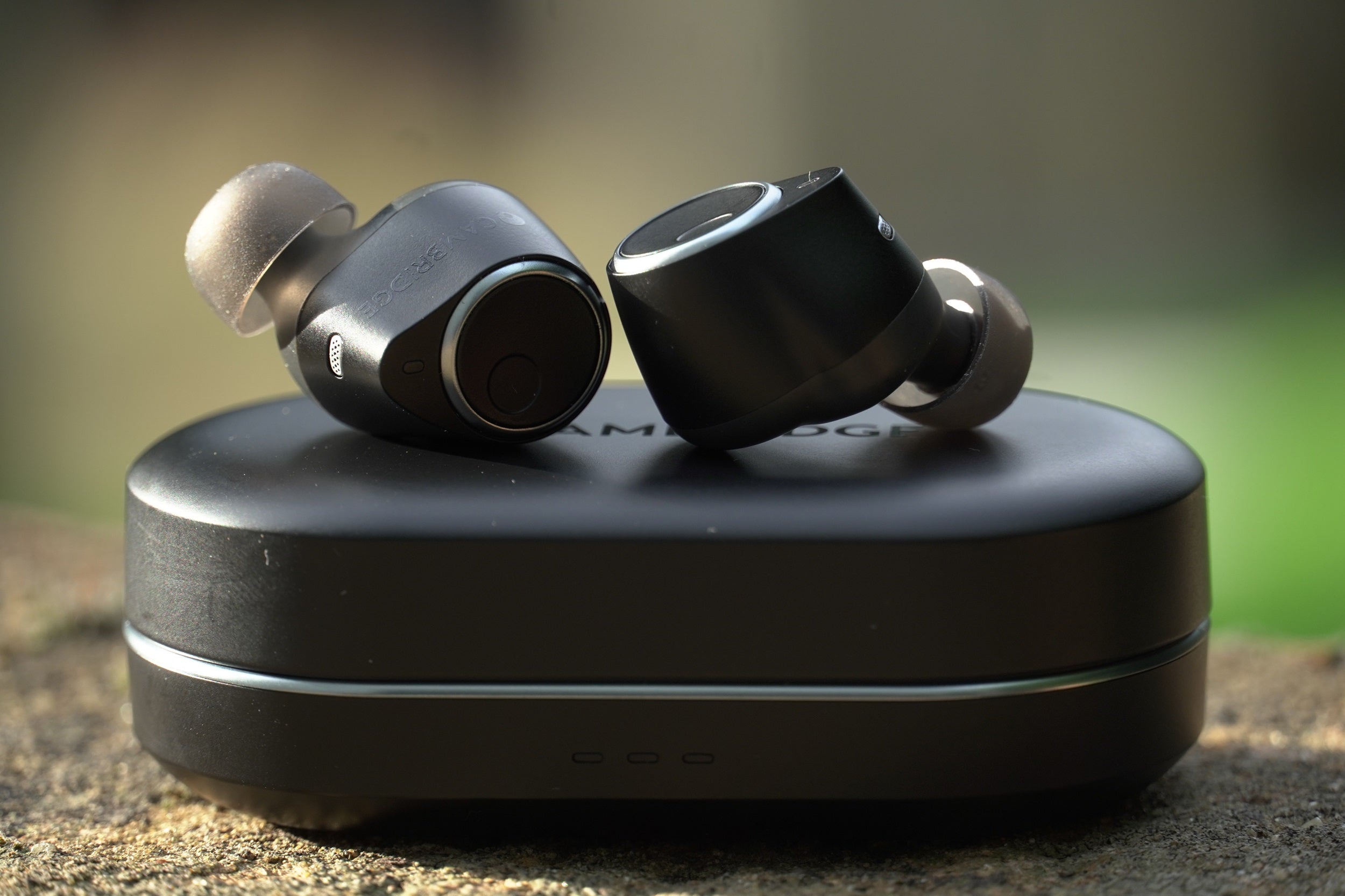Philips Fidelio L3 Review
Philips' range of Fidelio headphones continues its rise from the ashes
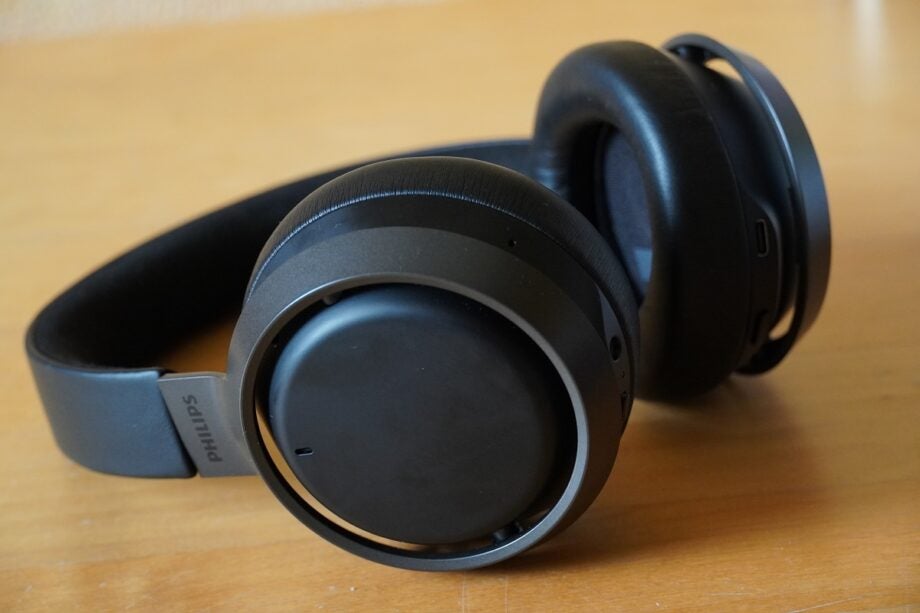

Verdict
There’s plenty to enjoy about the Philips Fidelio L3, from the impressive noise cancellation, lovely sense of design and their measured, balanced but also pleasingly warm sound. The Fidelio range has risen from the ashes in impressive fashion.
Pros
- Measured, balanced approach to sound
- Excellent noise cancellation
- Effective wear sensor tech
- Pleasing design
Cons
- Tough competition
- Big in size
- Transparency mode a bit noisy
Availability
- UKRRP: £259
- USARRP: $350
- EuropeRRP: €300
- Australiaunavailable
Key Features
- Hi-Res Audio supportSupports high resolution tracks over a wireless or wired connection
- Noise cancellationFeatures, ANC, Ambient sound and Adaptive Sound modes
- Philips Headphone appCustomise the listening experience further with the app
Introduction
Announced in September 2020, the Philips Fidelio L3 headphones have taken the long road to eventually land in our laps.
Initially presumed as a rival to the likes of the Bose Noise Cancelling Headphones 700 and Sony WH-1000XM4, the Fidelio L3 have planted a flag that suggests they’re not inclined to go tête-à-tête, with current prices ranging from £250 to £299.
And that may turn out to be a smart decision. They come packing the features you’d want from premium noise cancelling headphones and suggest a bright future for the resurrected Fidelio audio range.
Design
- Big, but not too heavy
- Distinctive looks
- Nice Muirhead ‘leather’ case
The Fidelio L3 are a well-built and hefty pair of headphones, expressing Philips’ ‘European Design’ aesthetic at a price that’s more affordable than you might have anticipated.
The Fidelio L3 share the distinctive ‘Fidelio’ appearance. Like the larger-sized X3 over-ears, they sport the same circular – not oval – shaped earcups designed to offer better comfort and acoustic performance.
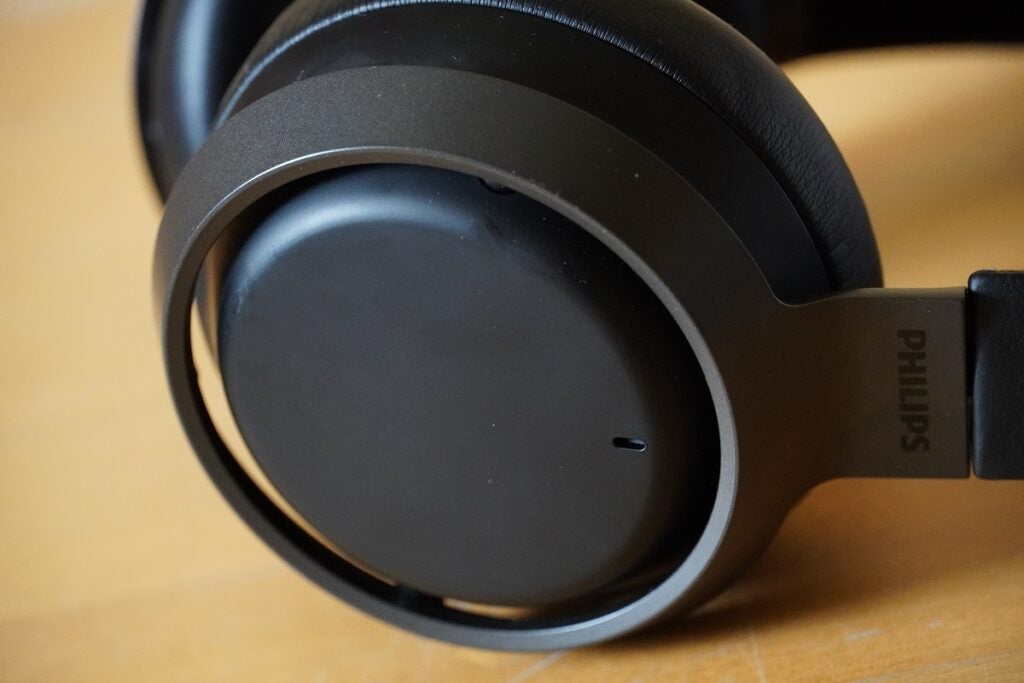
There’s the aluminium ‘ring’ around the earcups that gives the impression they’re floating, while the two-tone finish on the headphones (black and matte dark satin) gives the Fidelio L3 a more distinctive take on the usual all-black finishes.
At 360g, the Fidelio L3 would seem on the heavy side, but they’re comfortable to wear. There’s no getting past the sheer size of the earcups as they clamp onto the ear/cheekbone area. But the padding and clamping force ensure they settle well. The underside of the headband is decked in a comfy material, while the top side is covered in responsibly sourced Muirhead leather.

The earpads don’t warm the ears but they did cause an ache around the cheekbone area over prolonged wear. So – at least for me – they’re not headphones I’d wear for hours at a time.
The earcups swivel but don’t collapse inwards, and considering the quality of the construction (these aren’t headphones you’d want to scuff up), there’s protection in the form of a leather case from Scottish leather company Muirhead. It’s big, but feels fabulous, and ensures the Fidelio have a very distinct character from other headphones on the market.
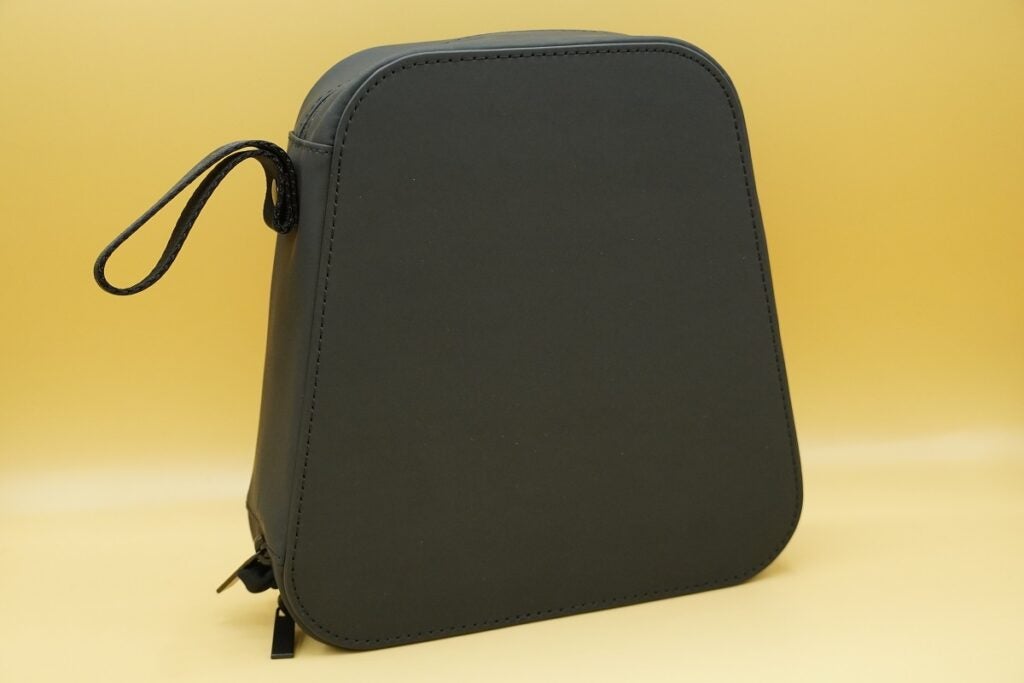
On the earcups you’ll find buttons for power (left) and ANC/pass-through, plus a mic button (right). They’re easy to find with the earcup ring providing an edge to locate them faster. There’s also a 3.5mm jack and USB-C connection for charging.
Features
- Excellent noise cancellation
- Clear call quality
- Quirky app
Any wireless set of headphones worth their salt will include noise cancelling and an Ambient mode. And so Philips has graced the Fidelio L3 with exactly those features.
Performance is terrific. If you can get them for £250, they’re one of the best noise-cancellers at that price. Most sounds are dispelled with a thoroughness that transforms the world into a silent one. Train journeys are rarely interrupted, announcements at stations obscured, nearby conversations expertly muffled. In what’s always a good sign, I’m surprised by how loud the world around me is when I take the headphones off. Their impact is impressive.
The Awareness mode filters the environment around the listener with good clarity, although there’s a hissy aspect to their performance that demonstrates the Fidelio L3 aren’t in the same league as the Sony WH-1000XM4. Open the Philips Headphone app and the Ambient mode can be customised with a slider, cycling through the various levels of opacity. There’s also the option of choosing to focus on a person’s voice.
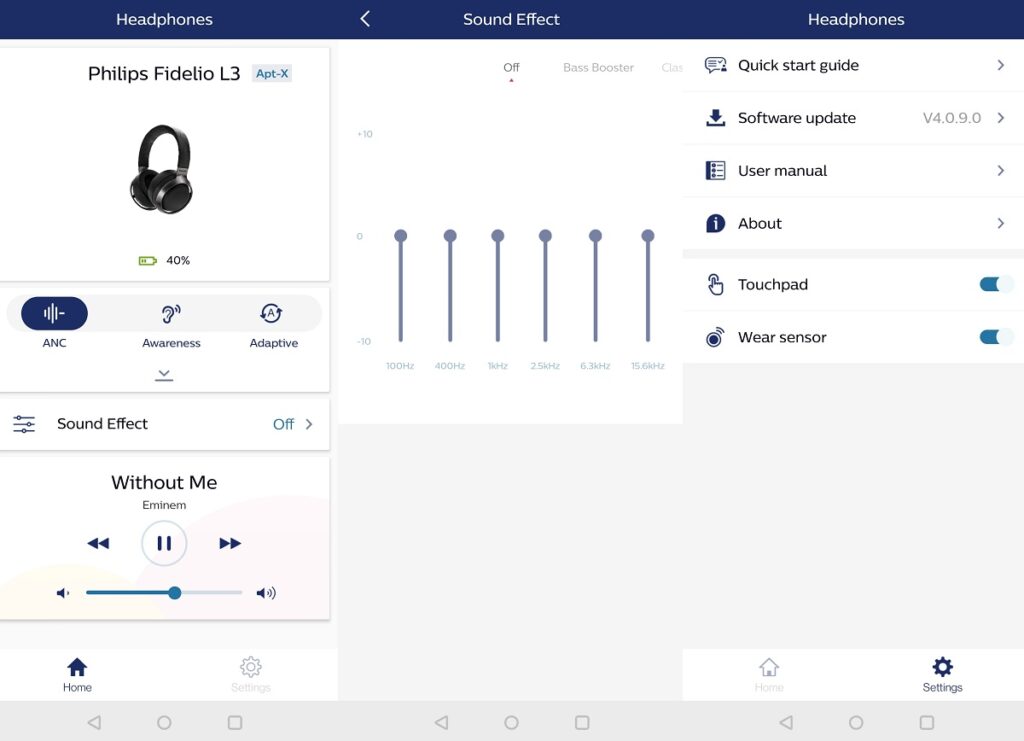
Alongside ANC and Awareness modes is an Adaptive mode, and of the three it’s the one I like least. It works in a way that isn’t too dissimilar to Sony’s Adaptive Sound Control, in figuring out what you’re doing (standing, walking, sitting) and conforming ANC/awareness levels. It doesn’t take long to irritate, with constant pings and adjustments as it attempts to guess what you’re doing (it isn’t always correct, either).
While the app isn’t buggy as such, it can be slow; the slider for awareness levels lags at times. Other in-app features include playback control over music, battery life levels, equalizer presets (and the ability to craft your own personal one), firmware updates, along with toggle switches for the touchpad and wear sensor.
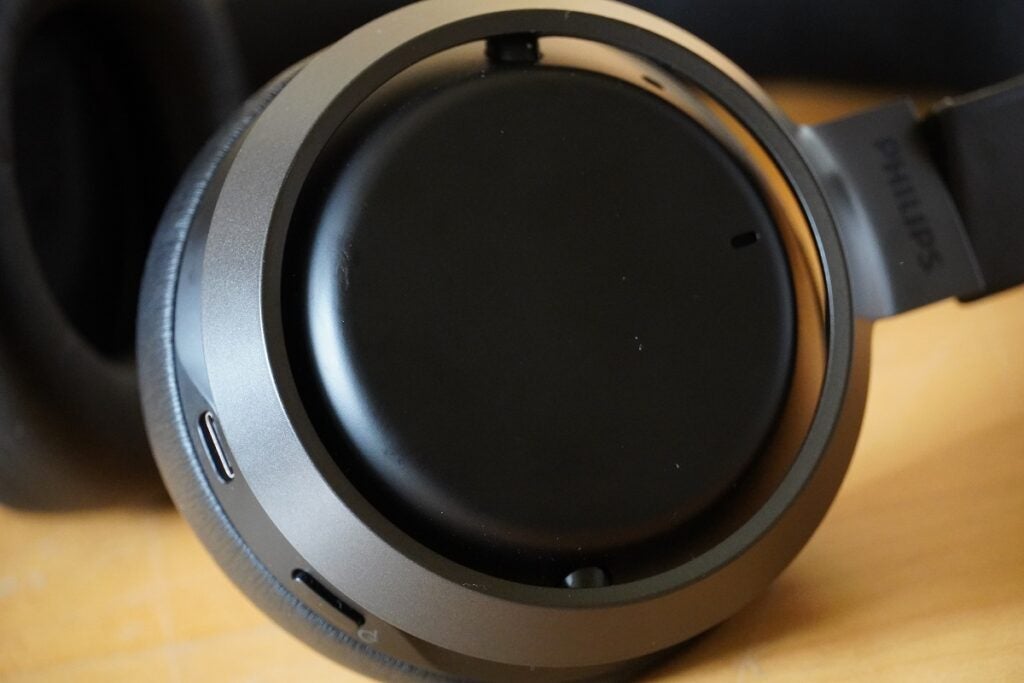
Touch controls and the wear sensor features display the Fidelio L3 at their best and less astute. Touch controls aren’t the most precise, with taps and swipes not always registering as they should. Not everyone likes wear sensor tech, but the Fidelio L3 headphones integrate it well, getting it right more often than not – pausing music when the headphones are taken off and resuming when they’re plonked back on.
Battery life is 38 hours in total (32 with ANC ), which is slightly more than either the Bowers & Wilkins PX7 or Sony’s WH-1000XM4. A 15-minute charge is enough for a further six hours of playback, so there should be little worry about the battery running out.

With support for Bluetooth 5.1, the Fidelio L3 have a fairly strong tether to a mobile device, but they aren’t impervious to a wobble in a busy signal area (such as Waterloo station). Bluetooth codec support extends to aptX-HD, enough for lossless wireless hi-res audio, while if you use the 3.5mm cable, it also opens them up to hi-res over a wired connection.
I’ve found when it connects to my OnePlus 7T, the Bluetooth notification initially shows up as aptX-HD, but when I open the Philips Headphone app, the headphone disconnects, reconnects, and seems to downscale to aptX instead.
For Android devices, Google Fast Pair is part of the Fidelio L3’s armoury for one-touch pairing. Call quality is good, too – better than true wireless earbuds with clear vocals beamed across the line. They do pick up some noise, but not enough to hamper the overall performance.
Sound quality
- Measured approach
- Weighty bass performance
- Versatile with different genres
The Fidelio range of headphones has a history of showcasing a warm tonal signature, and the Fidelio L3 are in-keeping with that heritage, presenting music in a measured, balanced manner with a touch of warmth.
The 40mm drivers in each earcup make for a smooth, textured and often lush experience. The L3 are consistent in how they pitch vocals, and astute with either male or female vocalists. There’s a greater sense of presence to vocals with the Fidelio L3 compared to the Marshall Monitor II ANC, with the lyrics pitched further forward in the mix in St Vincent’s Pay Your Way in Pain, which brings the listener a bit closer to the music.
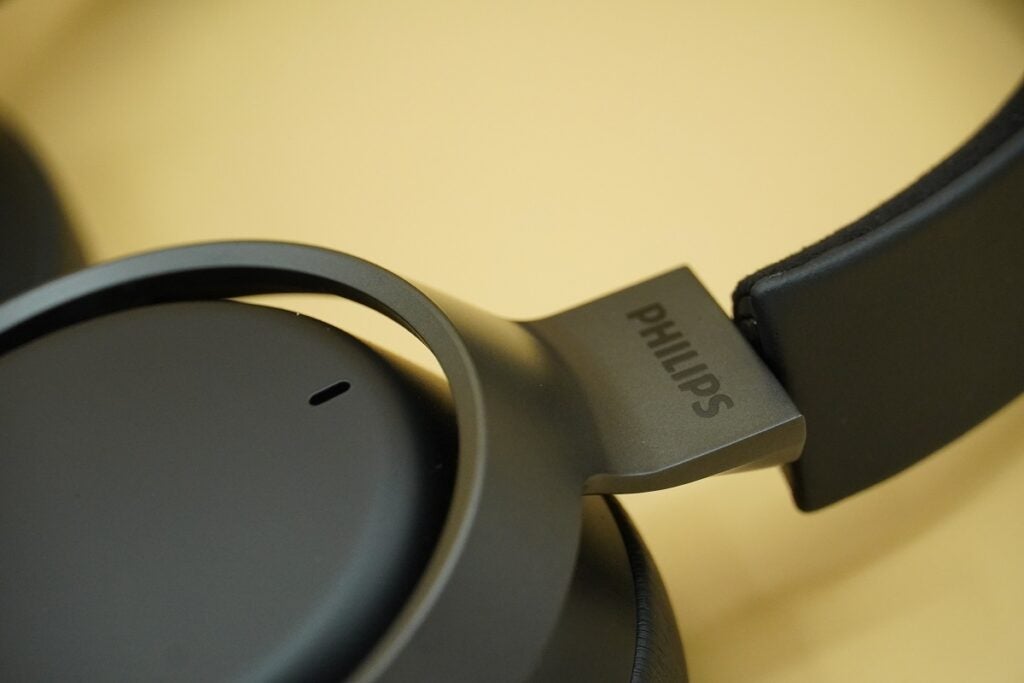
Their sense of warmth is also mixed with power and weight, with The Chemical Brothers’ The Darkness That You Fear and Thundercat’s Funny Thing a showcase for explosive bass, plus good variation of low frequencies. There’s dexterity to the Fidelio L3’s performance; they’re confident in handling a range of genres.
They’re spacious listen, too, conveying width in Mick Gordon’s Rip & Tear from the Doom soundtrack, with the guitar riffs farmed out wide. They’re well versed in energy, exciting but controlled with fast-flowing tracks; but just as capable of switching pace to a slower song such as Bill Withers’ Who Is He (And What is He to You?). They also serve an engaging sense of stereo imagining, nicely capturing the flow of that song.
However, they score only 4.5 stars, and the reason is they’re up against a formidable pool of rivals that are now closer in price. The B&W PX7 display a crisper tone, excavating more detail than the smoothness the Fidelio L3 can muster. And the Sony WH-1000XM4 are a more compelling and authoritative listen, more dynamic, snappier, and better organised in arranging the elements of the soundstage.
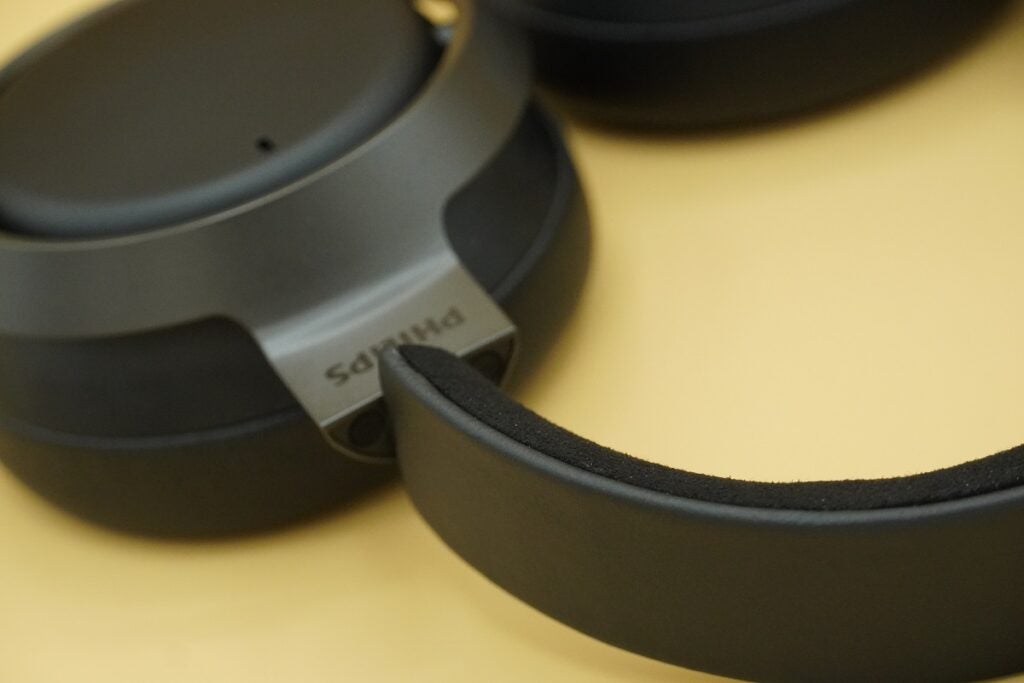
So the Philips Fidelio L3 are often an impressive listen, but not quite the final word for detail and definition. Still, if you enjoy what the Fidelio sound brings to music, there’s much to enjoy about the resurrection of the Philips’ well-regarded audio brand.
Latest deals
Should you buy it?
Impressive skill set and design The Fidelio L3 stand out with their tasteful design, excellent noise cancellation, and warm but balanced approach to sound. They’re entertainers, for sure.
More skilled efforts out there From the AirPods Max to Bowers & Wilkins PX7 and the Sony WH-1000XM4, the competition is tough – and the Philips don’t quite reach the levels of the class-leaders. Nevertheless, they’re impressively talented when viewed on their own.
Final thoughts
The Philips Fidelio L3 are an excellent pair of wireless headphones, from their impressive noise cancellation, lovely design, and measured but pleasantly warm approach to sound.
But there are better performers for a similar price, and if it were a choice between Philips and Sony, I’d reach for Sony’s more comprehensive effort. This takes nothing away from what Philips has achieved, though. The Fidelio range of headphones has risen from the ashes with some flair.
How we test
We test every headphones we review thoroughly over an extended period of time. We use industry standard tests to compare features properly. We’ll always tell you what we find. We never, ever, accept money to review a product.
Tested over several weeks
Tested with various music streaming services
FAQs
SBC, AAC, aptX and aptX HD.



